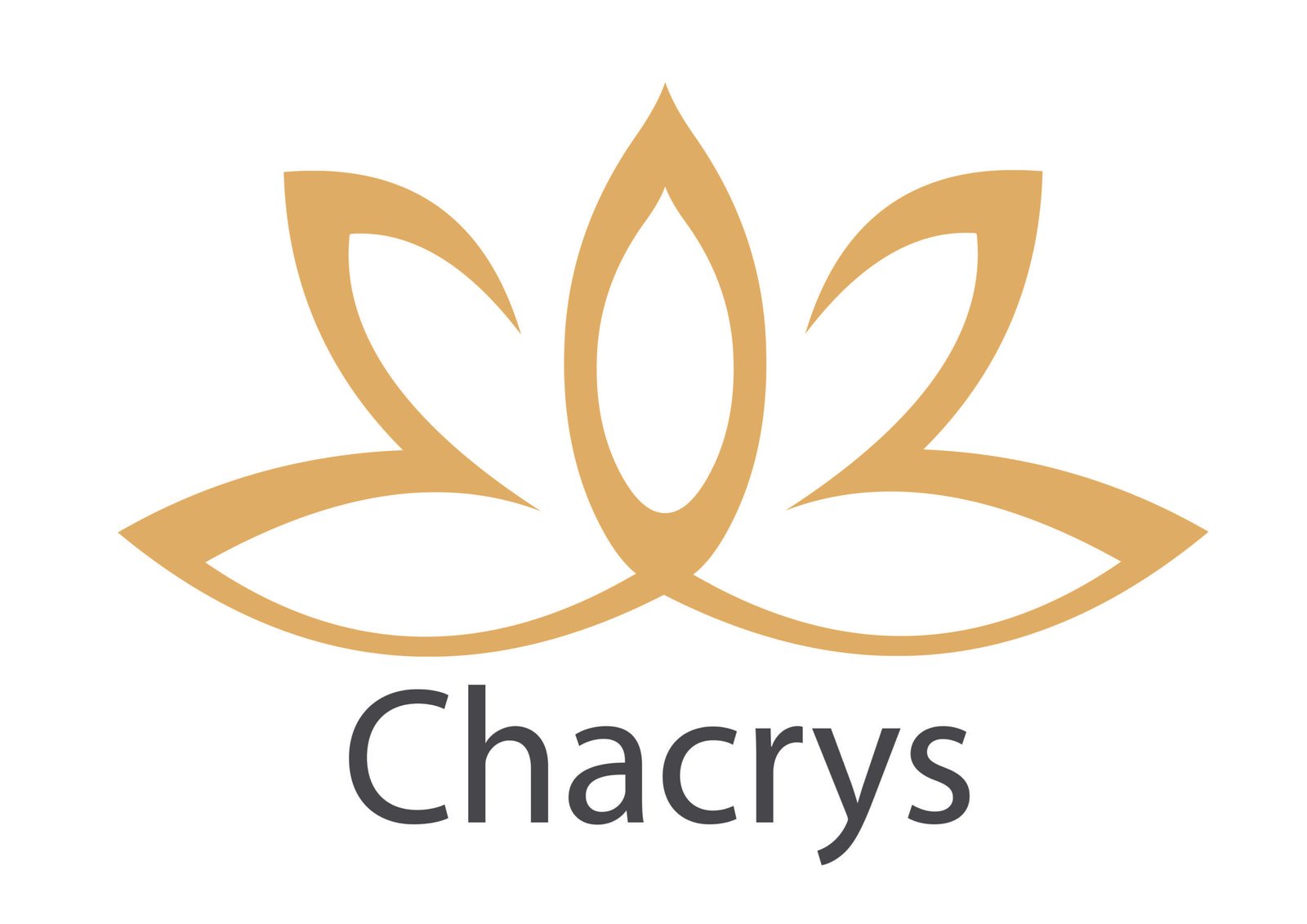Aventurine Crystal – Meaning, Benefits, Healing Properties & How to Use
What is Aventurine?
Step outside on a spring morning and notice tender leaves catching stray sunlight—that fresh, peppery green is the hallmark of aventurine. Technically, it’s a quartz seasoned with mica, fuchsite, or hematite flakes that scatter light into tiny fireflies known as aventurescence. Some pieces tilt toward moss, others blush peach. Miners in Brazil say the stone “sings” when first split, a soft crystalline chirp produced by sudden pressure release. In session I treat it less as a lucky charm and more as a botanical ally that remembers how to push through soil and greet the day.
Benefits of Aventurine
I once worked with Malik, an underdog entrepreneur who felt every pitch deck was a gamble. He slid a palm-sized aventurine under the rubber band on his notebook. Over six weeks he reported steadier focus, fewer clenched-jaw mornings, and—yes—three funded proposals. Commonly cited payoffs include a nudge toward calculated risk, softened self-critique, and relief for overworked heart energy. Aventurine doesn’t bulldoze fear; it coaxes confidence the way good soil encourages a seed. As always, stones supplement; they never replace financial advice or therapy.
How to Use Aventurine?
Keep a tumbled piece in your coin pouch to remind yourself money is a current, not a dam. During breath-work, rest a slice on your chest and count six slow exhales; that little shimmer acts like a metronome. Gardeners can bury fragments at the base of herbs—nothing mystical there, just trace minerals leaching into tired potting mix. Jewelry lovers often choose bead bracelets; feel free to tap the beads when conversations wobble so you don’t drift into old doubt.
Healing Properties of Aventurine
Green is most common, yet aventurine also strays into strawberry and smoky gray. Hardness hovers around 6.5–7 on the Mohs scale, sturdy enough for daily wear. Chemically it’s SiO₂ dotted with chromium or iron inclusions. Deposits surface in India, Brazil, Russia’s Ural Mountains, and the sleepy hills of Vermont. Energetically folks tag it with “growth,” “prosper,” and “lighthearted resilience.”
Aventurine Cleaning and Maintenance
Rinse under lukewarm water, pat dry, and let it bask in dappled shade—full noon sun may bleach delicate peach specimens. If public tap water feels harsh, wipe with a damp cloth instead. I occasionally sit mine atop a selenite slab overnight; whether that’s physics or folklore, it lifts the stone’s luster. Avoid abrasive cleaners that dull the mica spark. Wrap in cotton before tossing into a travel pouch so harder gems don’t scratch its surface.

